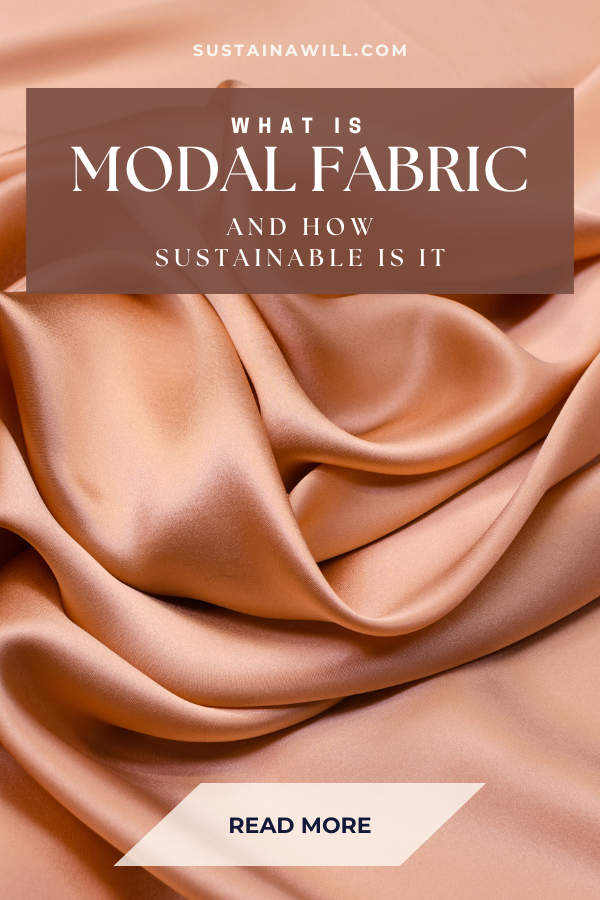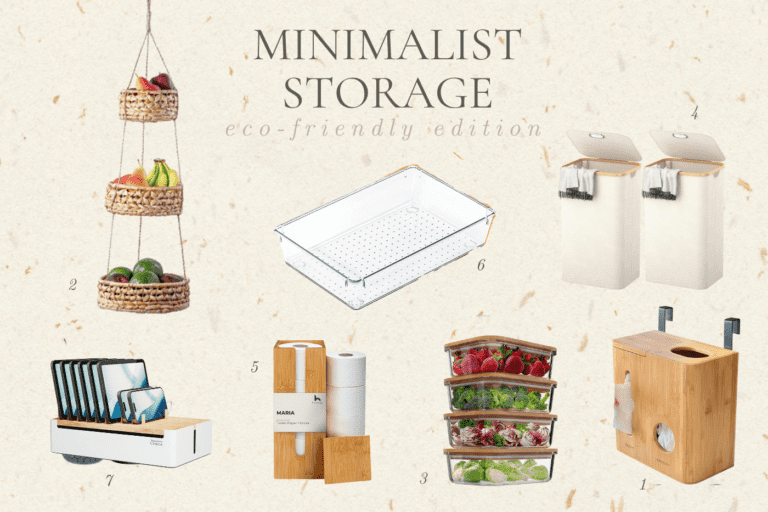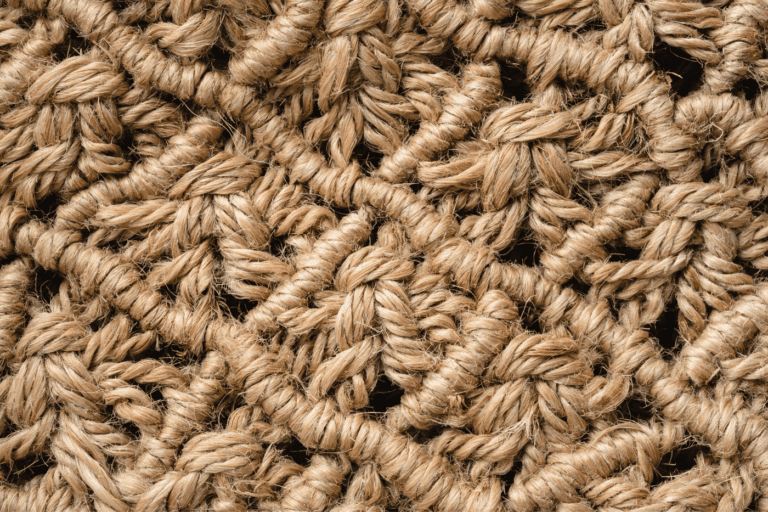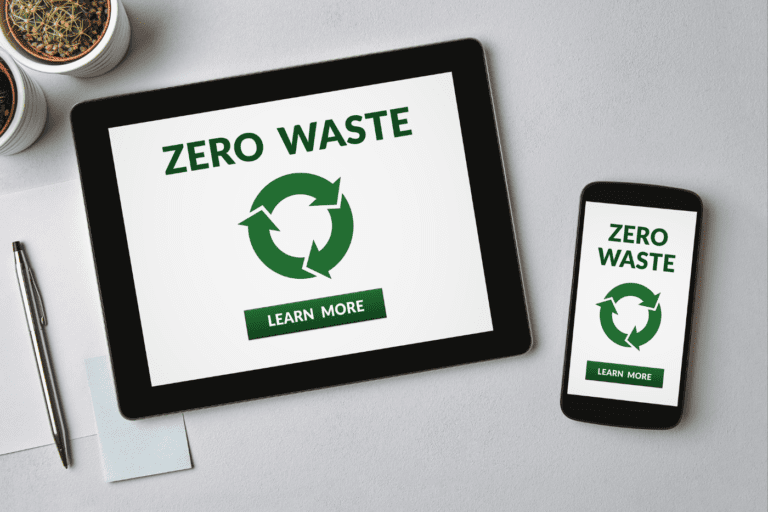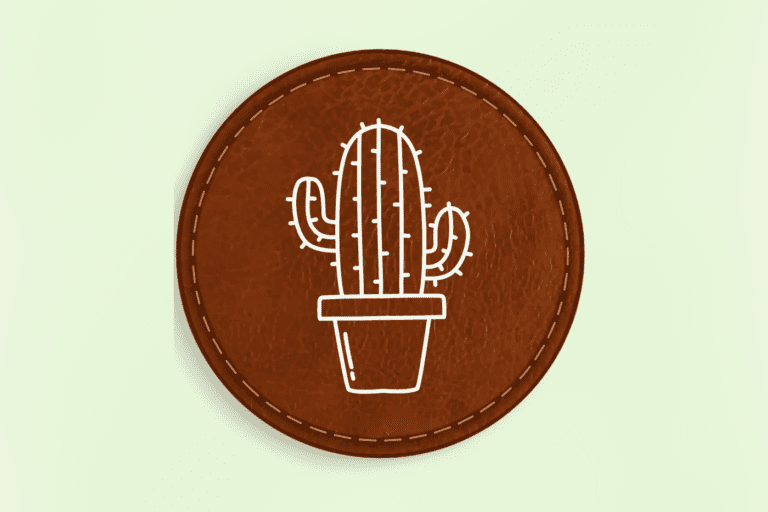Are you curious about the soft and luxurious fabric known as modal? If sustainability is on your mind, you’ve come to the right place.
In this exploration, we delve into the intricacies of modal fabric, addressing common concerns and providing insights into its sustainability.
Whether you’re a conscious consumer or simply intrigued by fabrics, this read will guide you through the nuances of modal and its ecological footprint!
What is modal fabric?
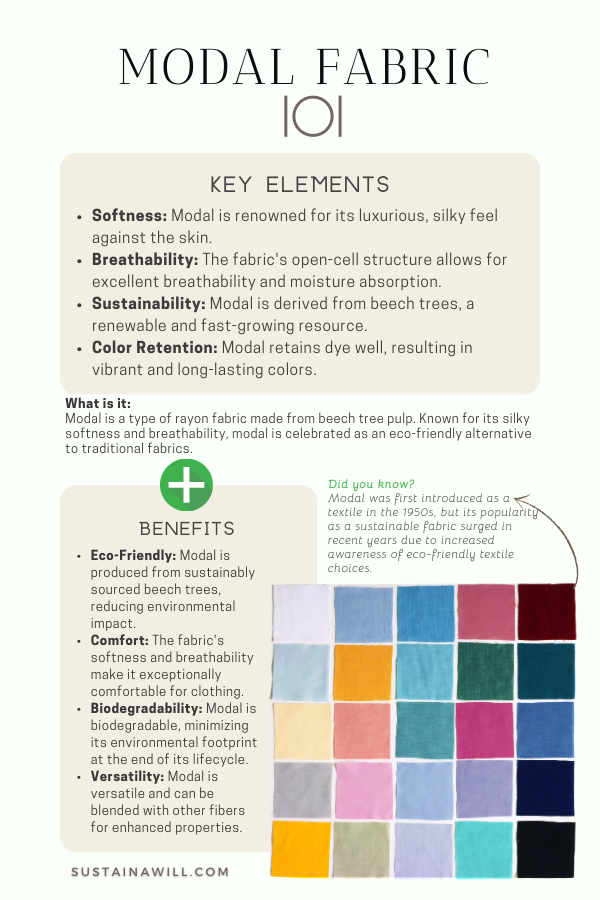
Modal fabric is a type of rayon that is crafted from beech tree pulp.
Known for its extraordinary softness, modal has emerged as a popular choice in the textile industry, particularly for creating clothing and home textiles that boast both: luxurious comfort and eco-friendly attributes.
Exactly this is the reason why modal is gaining substantial popularity globally, with the market size reaching US$ 1.1 Billion in 2022 and projected to grow to US$ 1.7 Billion by 2028 (compound annual growth rate (CAGR) of 7.07%), as reported by IMARC Group.
Key Characteristics of Modal Fabric
- Exceptional Softness: Modal is renowned for its unparalleled softness, often surpassing the comfort level of cotton. This characteristic makes it a favored material for items such as bed linens, underwear, and loungewear.
- Breathability: Modal fabric excels in breathability, ensuring comfort across various weather conditions. Its moisture-wicking properties make it suitable for activewear and intimate apparel.
- Drapability: With excellent drapability, modal fabric hangs and flows gracefully, contributing to its popularity in creating flowing garments and elegant designs.
- Color Retention: Modal possesses remarkable color retention properties, resulting in vibrant and enduring hues. This feature enhances the visual appeal of garments made from modal fabric.
Sustainability of Modal Fabric
- Renewable Source: Derived from beech tree pulp, modal originates from a renewable and rapidly growing resource. The extraction process is typically conducted in an environmentally conscious manner.
- Eco-Friendly Production: Modal is often manufactured using a closed-loop process, where solvents are recycled and reused. This minimizes the environmental impact compared to certain conventional rayon production methods.
- Biodegradability: Modal fabric is biodegradable, meaning it can naturally break down over time, contributing to a reduced environmental footprint.
And that is exactly why Modal aligns seamlessly with sustainable living goals, offering a soft and luxurious textile option sourced from renewable beech trees, embodying comfort with an eco-friendly touch.
Applications of Modal
Modal fabric is versatile, finding applications in a range of products, including:
- Clothing (e.g., T-shirts, underwear, dresses)
- Bedding (sheets, pillowcases)
- Towels and bathrobes
- Activewear
- Interior textiles
Whether you prioritize comfort, sustainability, or a blend of both, modal fabric stands out as a choice that offers a sumptuous feel while aligning with environmentally conscious values.
How is modal fabric made?
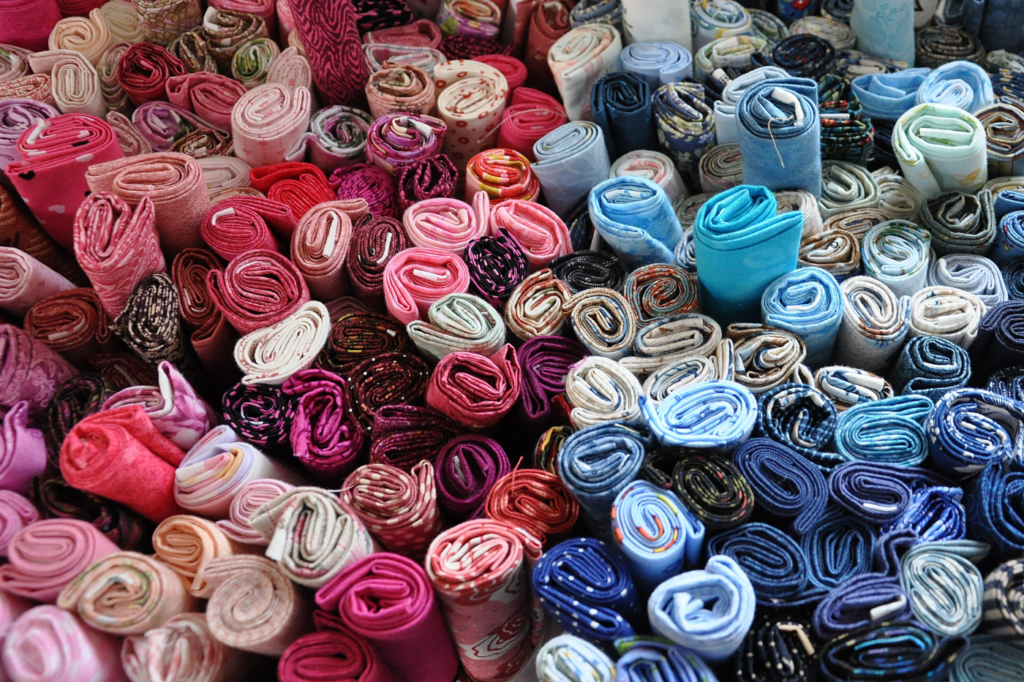
- Harvesting Beech Trees: Modal fabric begins its journey with the harvesting of beech trees. These trees are chosen for their sustainability, as they grow rapidly and abundantly without the need for extensive irrigation or pesticides.
- Wood Pulp Extraction: The harvested beech wood undergoes a chipping process to convert it into wood pulp. This pulp is then treated with chemicals, often sodium hydroxide, to break down the cellulose.
- Spinning Process: The treated wood pulp is spun into fibers through a process called spinning. The resulting fibers are finer than those of many other fabrics, contributing to modal’s softness.
- Weaving or Knitting: The modal fibers are then woven or knitted into fabric, creating a textile that can be used for various applications.
Is modal fabric sustainable and eco-friendly?
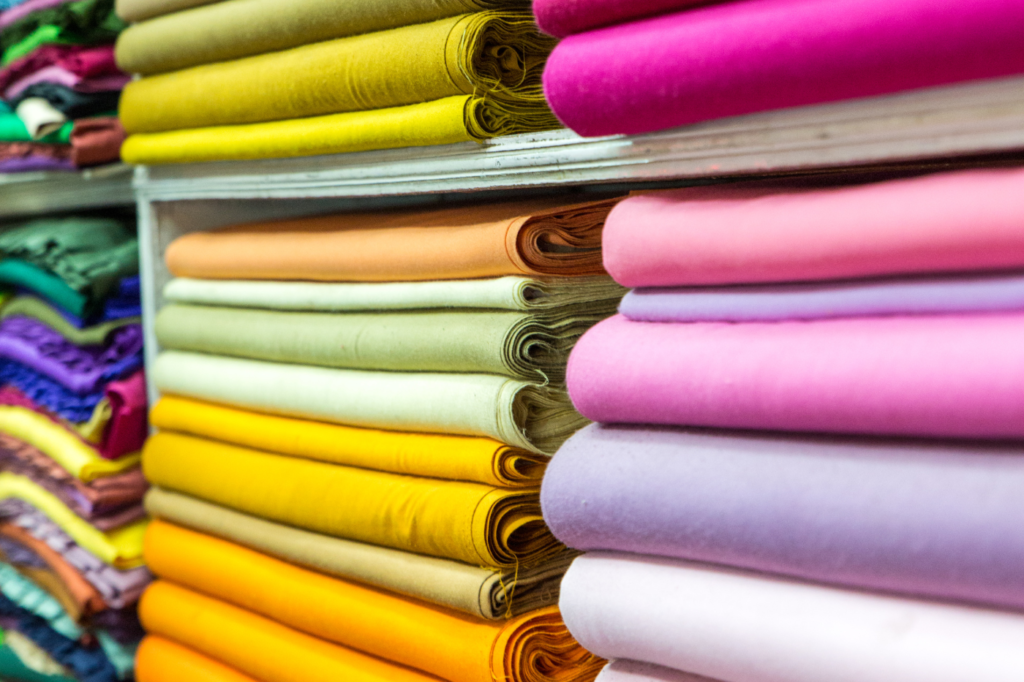
Modal fabric is considered relatively sustainable and eco-friendly for several reasons:
- Renewable Resource: Beech trees are a renewable resource that grows quickly, making them a sustainable choice for raw material.
- Closed-Loop Production: Many modal production facilities use a closed-loop process, where the chemicals used in the production are captured, recycled, and reused. This minimizes waste and reduces the environmental impact compared to some traditional rayon production methods.
- Low Environmental Impact: The extraction of wood pulp from beech trees generally has a lower environmental impact compared to certain other types of fiber production.
- Biodegradability: Modal fabric is biodegradable, meaning it can break down naturally over time, contributing to a reduced environmental footprint.
While modal is considered a more sustainable option than some conventional fabrics, it’s essential to verify specific brands and production methods to ensure adherence to sustainable and eco-friendly practices.
How to Care for Modal Fabric: A Quick Guide
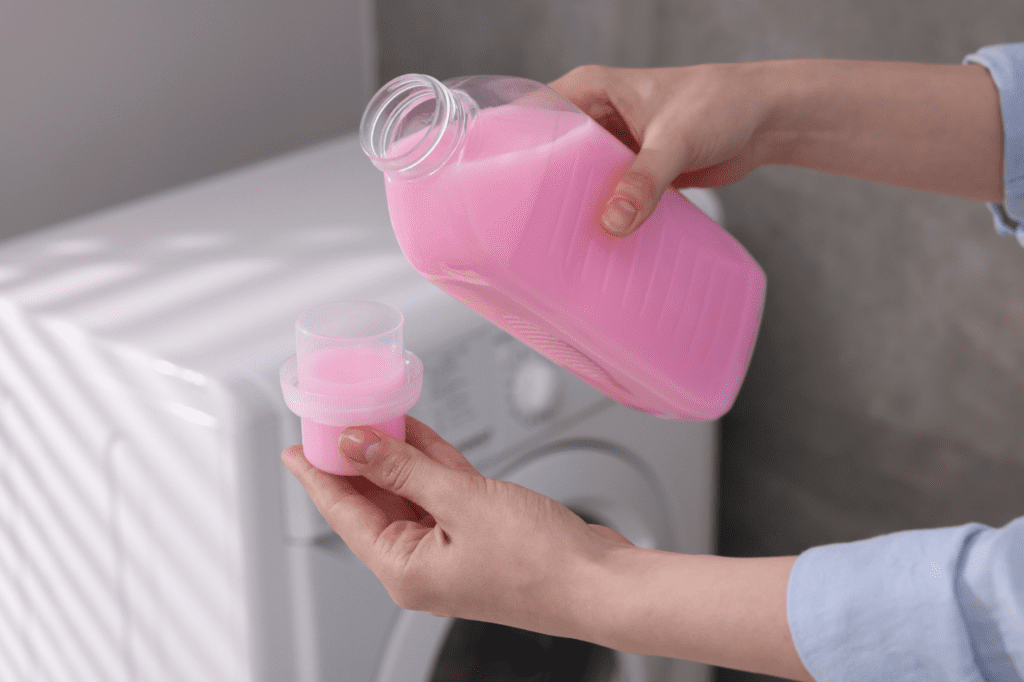
Modal fabric is known for its luxurious feel and resilience, but proper care ensures its longevity. Here’s a quick guide on how to care for modal:
1. Machine Wash with Care
- Use a gentle or delicate cycle with cold water.
- Wash modal garments with like colors to prevent color bleeding.
2. Mild Detergent
- Opt for a mild detergent to preserve the fabric’s softness.
- Avoid using bleach, as it can damage modal fibers.
3. Avoid High Heat
- Modal can be machine-dried on a low heat setting.
- To extend the fabric’s lifespan, it’s recommended to air-dry garments.
4. Minimal Ironing
- Modal is naturally resistant to wrinkles, but if ironing is necessary, use a low-heat setting.
5. Store Carefully
- Hang or fold modal garments neatly to avoid wrinkles.
- Keep away from direct sunlight to prevent color fading.
Does Modal Shrink When Washed?
Modal fabric is known for its excellent dimensional stability. However, like all fabrics, it can experience slight shrinkage if exposed to high temperatures during washing and drying.
To minimize the risk of shrinkage, follow the care instructions mentioned above, particularly avoiding high heat during washing and drying.
Does Modal Burn or Melt?
Modal is a cellulosic fiber derived from beech trees, and it has a higher resistance to burning or melting compared to some synthetic fibers. While it can burn under high heat, it typically does not melt.
As with any fabric, it’s essential to keep modal away from open flames and high heat sources to prevent damage (duh!).
Modal vs Other Fabrics
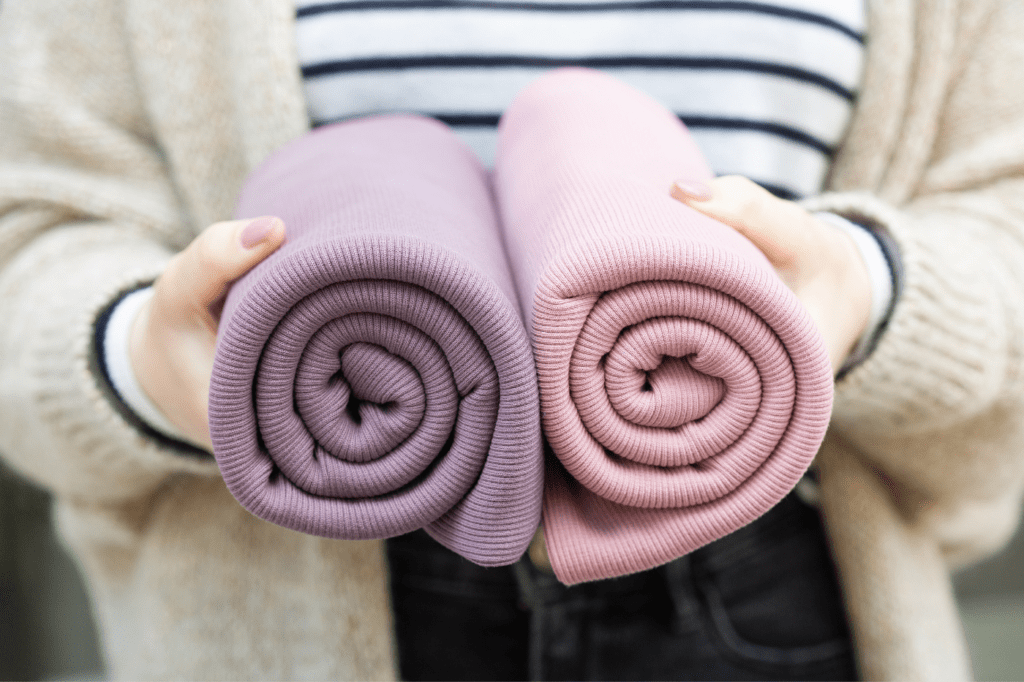
Modal vs Cotton: Which is Better?
Comfort, Sustainability, and Durability Compared
1. Comfort
- Modal: Known for its silky and luxurious feel, modal is often considered more comfortable than cotton. It drapes well and feels soft against the skin.
- Cotton: Cotton is breathable and soft, but modal’s finer fibers can provide a smoother touch.
2. Sustainability
- Modal: Generally considered more sustainable than conventional cotton. Modal is derived from beech trees, and the production process often requires fewer chemicals and less water.
- Cotton: Conventional cotton farming involves significant water and pesticide use. Organic cotton is a more sustainable alternative, but modal still often has a lower environmental impact.
3. Durability
- Modal: Modal fabric is known for its strength and resistance to pilling, offering good durability. It tends to hold its shape well over time.
- Cotton: Cotton is durable, but it may be more prone to pilling, especially in lower-quality varieties.
Overall Winner: Modal Fabric
Why Modal Wins: Modal fabric emerges as the overall winner due to its sustainable sourcing from beech trees, providing a soft and luxurious feel.
While cotton is a staple, modal’s eco-friendly attributes, coupled with its comfort and versatility, make it a standout choice for those seeking a more sustainable textile option.
Modal vs Polyester
1. Material
- Modal: A natural fiber derived from beech trees, known for its softness and breathability.
- Polyester: A synthetic fiber derived from petroleum-based chemicals, often chosen for its durability and wrinkle resistance.
2. Comfort
- Modal: Provides a softer and more comfortable feel against the skin.
- Polyester: Can feel less breathable and may trap heat, making it less comfortable in certain conditions.
3. Sustainability
- Modal: Generally considered more sustainable due to its plant-based origin.
- Polyester: Considered less eco-friendly due to its reliance on fossil fuels and energy-intensive production process.
Overall Winner: Modal Fabric
Why Modal Prevails: Modal fabric takes the sustainability crown in this comparison. Derived from natural sources, modal is biodegradable and offers a comfortable alternative to polyester.
While polyester boasts durability and affordability, its environmental impact and non-biodegradable nature position modal as a greener and eco-conscious choice for those seeking sustainable textiles.
Modal vs Tencel (Lyocell)
1. Sustainability
- Modal: Derived from beech trees, with a more eco-friendly production process compared to conventional cotton.
- Tencel: Made from sustainably sourced wood pulp, often produced in a closed-loop process, making it highly eco-friendly.
2. Softness
- Modal: Known for its luxurious feel and softness.
- Tencel: Also prized for its softness, with a smooth and cool-to-the-touch texture.
3. Environmental Impact
- Modal: Generally has a lower environmental impact than some fabrics, but specific practices can vary.
- Tencel: Often considered one of the most environmentally friendly fabrics due to its closed-loop production process.
Overall Winner: Tencel (Lyocell)
Tencel (Lyocell) emerges as the winner in this eco-friendly fabric comparison, offering a combination of sustainability, softness, and minimal environmental impact.
FAQ’s About Modal Fabric
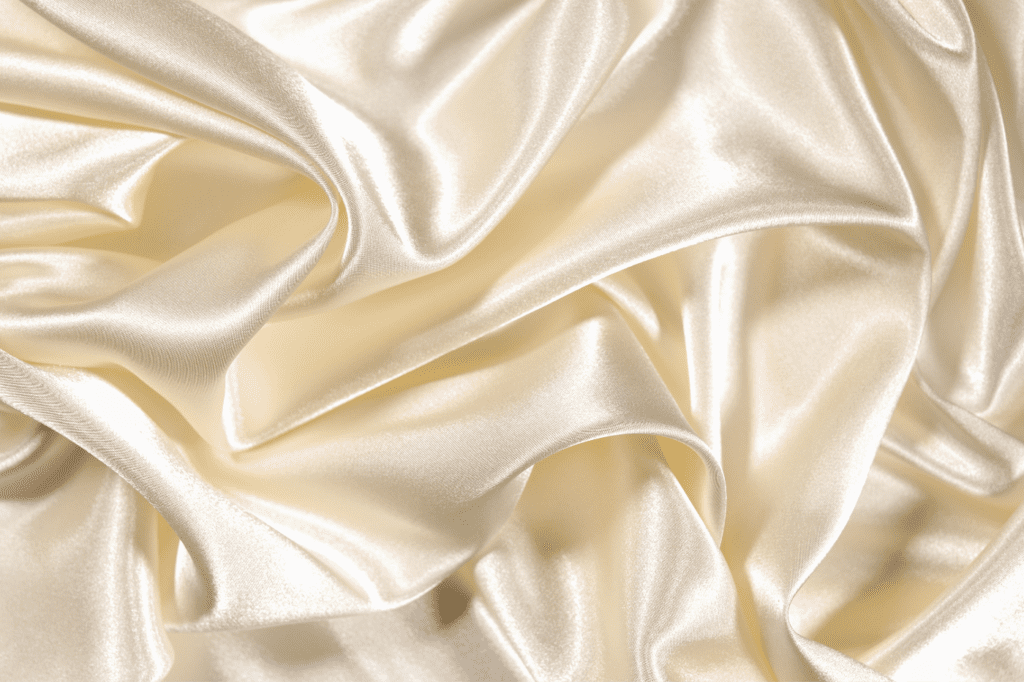
Is Modal Healthy to Wear?
Yes, modal is generally considered a healthy fabric to wear. It is hypoallergenic, breathable, and known for its soft and smooth texture, making it comfortable for various skin types.
Is Modal Considered Cheap or a Luxury Fabric?
Modal is often considered a luxury fabric due to its softness, drape, and luxurious feel. While it may be more expensive than some basic fabrics, its qualities contribute to its perceived value.
What Are the Disadvantages of Modal Fabric?
Despite its many advantages, modal fabric may have some disadvantages. It can be prone to wrinkling, and excessive exposure to sunlight may cause color fading. Additionally, care must be taken to avoid using high heat during ironing.
Is Modal Fabric Best for Summer or Winter?
Modal fabric is versatile and suitable for various seasons. Its moisture-wicking properties make it comfortable for summer wear, while its insulating capabilities provide warmth in colder weather. Modal is a year-round fabric choice.
Is modal the same as polyester?
No, modal and polyester are not the same; they are distinct types of fabrics with different compositions and characteristics.
Modal is a type of rayon made from beech tree pulp. Polyester is a synthetic fabric made from petroleum-based chemicals.
Conclusion
Congratulations, you’ve navigated the intricate threads of modal fabric and its eco-friendly essence! As we conclude this exploration, consider the impactful choices you can make when selecting garments.
Embrace the softness of modal while championing sustainability. Every conscious decision adds up to a more eco-friendly wardrobe and a healthier planet.
So, the next time you shop for comfort, let sustainability guide your choices. Your wardrobe, your choices – be the change!
